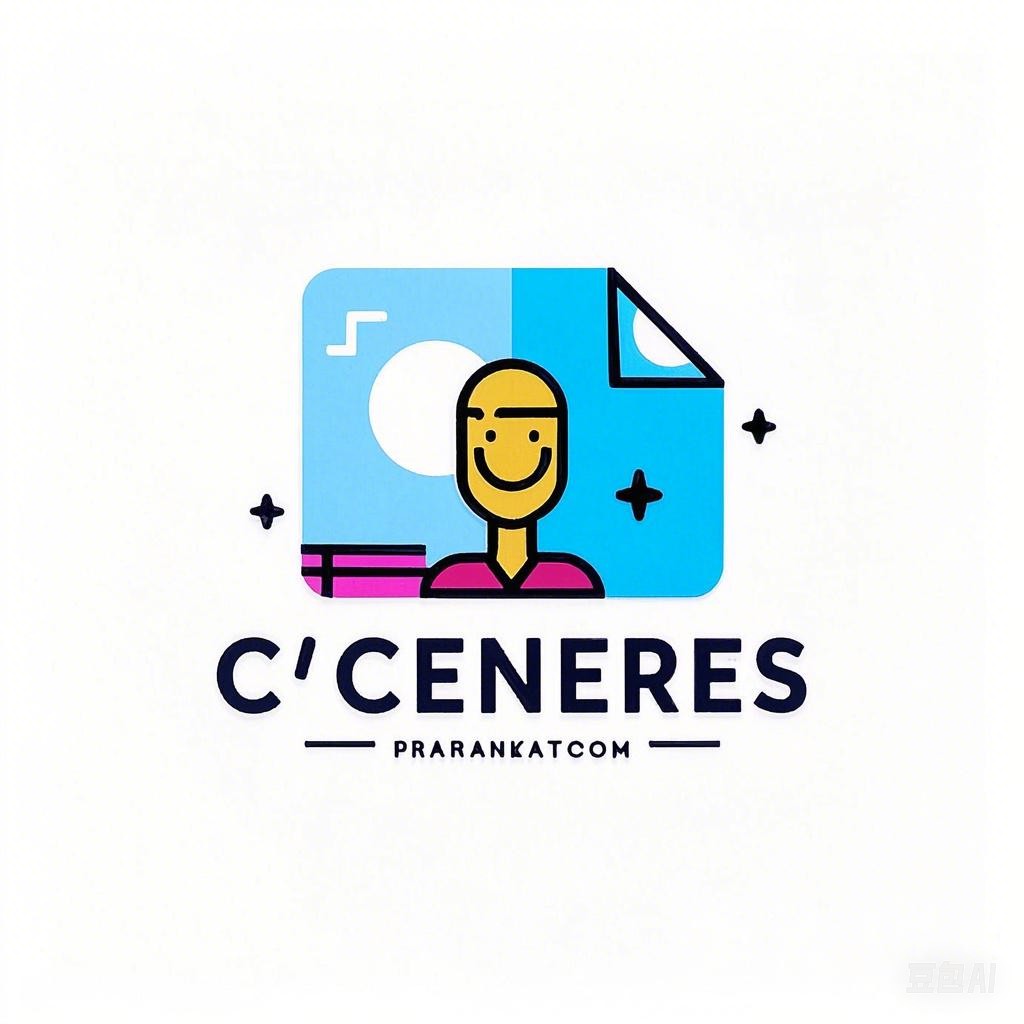The 24 Solar Terms, a traditional Chinese agricultural calendar, is a system that divides the year into 24 distinct periods, each marked by specific meteorological and astronomical phenomena. These terms, known as “Jieqi” or “Solar Terms,” have been celebrated for thousands of years in Chinese culture, influencing various aspects of life, including agriculture, festivals, and daily rituals. In recent years, there has been a growing interest in integrating this ancient wisdom into English handmade art, allowing for a unique blend of cultural heritage and contemporary creativity.
Introduction to the 24 Solar Terms
The 24 Solar Terms are based on the Earth’s orbit around the Sun and its tilt relative to the Sun. Each term is characterized by specific weather patterns, such as the beginning of summer, the onset of autumn, or the winter solstice. These terms are crucial for farmers, as they help determine the best times for planting, harvesting, and other agricultural activities.
Key Solar Terms
- Lichun (Start of Spring): Marks the beginning of spring and the warming of the soil.
- Yin Xia (Winter Solstice): The shortest day of the year, signifying the peak of winter.
- Xiao Man (Minor Cold): A period of cold weather that precedes the winter solstice.
- Da Man (Major Cold): A period of extremely cold weather following the winter solstice.
- Qingming (Pure Brightness): A time for tomb sweeping and honoring ancestors.
- Guaishou (Grain in Ear): The stage when crops begin to ear.
- Chu Shu (Slight Heat): The beginning of summer and the rise in temperatures.
- Xia Man (Minor Heat): A period of hot weather that precedes the summer solstice.
- Da Man (Major Heat): The peak of summer and the most intense heat.
- Liang Shu (Grain in Full): The stage when crops are fully grown and ready for harvest.
- Xiao Qiu (Minor Harvest): The beginning of the harvest season.
- Dong Qiu (Major Harvest): The peak of the harvest season.
Celebrating the 24 Solar Terms in English Handmade Art
English handmade art has embraced the 24 Solar Terms, using them as inspiration for various creative projects. Here are some ways in which artists have celebrated this ancient calendar:
1. Illustrations and Prints
Artists have created intricate illustrations and prints that depict the various solar terms. These works often feature traditional Chinese motifs, such as mountains, rivers, and animals, along with symbols that represent the specific weather patterns and agricultural activities associated with each term.
2. Ceramics and Pottery
Ceramic artists have incorporated the 24 Solar Terms into their work, creating vases, bowls, and plates that showcase the beauty of these periods. Motifs such as seasonal plants, animals, and celestial bodies are commonly used to celebrate the solar terms.
3. Textiles
Textile artists have used the 24 Solar Terms to create fabrics that are both functional and decorative. Quilts, tapestries, and woven garments often feature patterns inspired by the solar terms, highlighting the importance of these periods in traditional Chinese culture.
4. Jewelry
Jewelry designers have crafted pieces that pay homage to the 24 Solar Terms. These pieces often include gemstones and metals that symbolize the different seasons and weather patterns, making them both beautiful and meaningful.
Examples of English Handmade Art Celebrating the 24 Solar Terms
1. Illustration: “Lichun”
An illustration of a blossoming plum tree, symbolizing the arrival of spring. The background features a warm, sunny sky and a gentle breeze, capturing the essence of Lichun.
2. Ceramic Vase: “Xiao Man”
A ceramic vase with a scene depicting a cold, snowy landscape. The vase is adorned with motifs of pine trees and cranes, representing resilience and longevity during the cold winter months.
3. Quilt: “Liang Shu”
A quilt featuring a pattern of wheat ears and ripe fruits, symbolizing the abundance of the harvest season. The quilt’s colors are warm and inviting, reflecting the joy of the Liang Shu period.
4. Jewelry: “Xiao Qiu”
A necklace with a pendant shaped like a moon, representing the autumn equinox. The pendant is made of silver and adorned with a small, faceted gemstone that reflects the light of the moon.
Conclusion
The integration of the 24 Solar Terms into English handmade art has allowed for a rich exploration of cultural heritage and contemporary creativity. By celebrating these ancient periods, artists are able to honor the wisdom of traditional Chinese culture while also creating unique and meaningful works of art.
